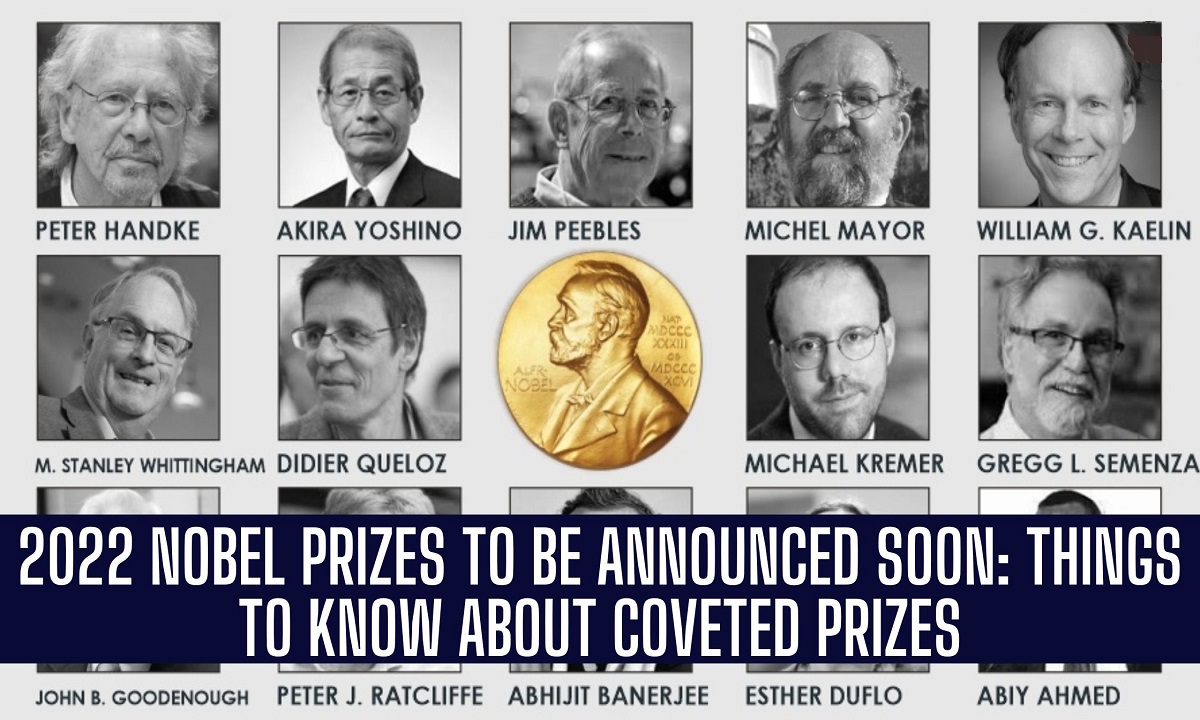Solar /Lunar Eclipse -सूर्य/चन्द्र ग्रहण
Eclipses and transits are ….astronomicalevents where a celestial body partially or totally covers another celestial object.
-A Solar eclipse happens when the New Moon (Amavasya)moves between Earth and the Sun while .
-A Lunar eclipse occurs when Earth casts a shadow on the Full Moon(Poornima).
If a planet comes between Earth and the Sun, and is visible as a black dot against the Sun, it is called a planet transit.
-M1 is new moon because at night from earth, moon is not visible.
-M2, half moon will be seen.
-M3 is full moon,
-M4 is also a half moon.
The lunarnodes
Are the orbital nodes of the Moon, that is, the two points at which the orbit of the Moon crosses the ecliptic.
Eclipses involving the Moon occur only near the lunar nodes.
A lunar eclipse can occur only when the full Moon is near either lunar node .
-The descending (or south) node is where the Moon enters the southern ecliptic hemisphere.
A lunar eclipse occurs when the passage coincides with the full moon.
-Solar eclipse can occur only when the new Moon is near either lunar node.
-The ascending (or north) node is where the Moon moves into the northern ecliptic hemisphere, A solar eclipseoccurs when the passage of the Moon through a node coincides with the new moon .
Solar Eclipse –When moon comes between earth and sun. It is found only on M1 (new moon).
Types of Solar Eclipse-
A partial eclipse
Occurs when the Sun and Moon are not exactly in line with the Earth and the Moon only partially obscures the Sun.
This phenomenon can usually be seen from a large part of the Earth outside of the track of an annular or total eclipse.
An annular eclipse
Occurs when the Sun and Moon are exactly in line with the Earth, but the apparent size of the Moon is smaller than that of the Sun(Moon is too far away from theEarth to completely cover the Sun's disk).
Hence the Sun appears as a very bright ring, or annulus, surrounding the dark disk of the Moon.
Total Solar Eclipse
Moon is 400 times smaller than Sun but it is 400 times closer to earth(It happens when moon is much closure to earth because of elliptical orbit) as compared to Sun.
Thus, from earth, sizes of both Moon and Sun appears same. And thus, it could totally eclipsed the Sun.
Diamond Ring Effect
In total solar eclipse, Sun rays reach the earth from its outer structure. It creates a ring effect as shown. From the deep valley of the moon, the sun rays pass across earth with illuminations and it appears like a diamond. So together it is as diamond ring effect.
Moon, in its elliptical orbit, passes between the Sun and the Earth at a point where it is also quite close to the Earth.
Partial Solar Eclipse Annular Solar Eclipse Diamond Rind Effect
Bailey's beads
Near the beginning and end of total solar Eclipse, the thin slice of the sun visible appears broken up into beads of light. These lights are called 'Baily's Beads' after the British astronomer known is Baily who discovered them. They occur because the edge of the Moon is not smooth but jagged with mountain peaks.
Fecquency of Total solar eclipse on a point is only once in about 360 years.
The phases observed during a total eclipse are called:
- First contact—when the Moon's limb (edge) is exactly tangential to the Sun's limb.
- Second contact—starting with Baily's Beads (caused by light shining through valleys on the Moon's surface) and the diamond ring effect. Almost the entire disk is covered.
- Totality—the Moon obscures the entire disk of the Sun and only the solar corona is visible.
- Third contact—when the first bright light becomes visible and the Moon's shadow is moving away from the observer. Again a diamond ring may be observed.
- Fourth contact—when the trailing edge of the Moon ceases to overlap with the solar disk and the eclipse ends
An Hybrid eclipse (also called Annular/Total eclipse)
Shifts between a Total andan Annular eclipse.
At certain points on the surface of Earth, it appears as a total eclipse, whereas at other points it appears as annular.
Hybrid eclipses are comparatively rare. On A hybrid eclipse is a type of solar eclipse that looks like an annular solar eclipse or a total solar eclipse, depending on the observer's location along the central eclipse path.
During a hybrid solar eclipse, the Earth's curvature brings some sections of the eclipse path into the Moon's umbra, the darkest part of its shadow that creates total solar eclipses, while other areas remain outside the umbra's reach, causing an annular eclipse.
Lunar Eclipse
When earth comes between moon and Sun along straight line. It found only on M3 (full moon).
|
Blood moon/ Cupper moon
The phenomenon whereby the moon in Total eclipse appears reddish in colour as it is illuminated by sunlight filtered and refracted by the earth's atmosphereknown as Rayleigh scattering which is the amount of scattering is inversely proportional to the fourth power of the wavelength. |
The unusually long duration of the eclipse was caused by a few different celestial factors.
1-The moon was near its farthest point from Earth and orbiting slowly, making it appear smaller and take longer to travel through Earth's shadow.
2- Earth was near its aphelion, the point in its orbit farthest from the sun, making its shadow appear larger .
|
Q-Why there is no eclipse on every full and new moon ? Answer-Earth is inclined by an angle of 23 ½º, moon is also inclined by 5 º 9 minutes Thus in a year, only 7 times, they are in straight line, hence there are only 7 eclipses. There can be 5 Solar as and 2 lunar eclipses or can be 4 solar and 3 lunar eclipses. |
syzygies
The phases of full moon and new moon are examples of syzygies, which occur when the Earth, Moon, and Sun lie (approximately) in a straight line.
The time between two full moons (a Lunar month) is about 29.53 days (29 days, 12 hours, 44 minutes) on average (hence, the concept of the time frame of an approximated month was derived).
|
Blue moon A blue moon can refer to the third…..full moon in a season with four full moons. Most years have twelve full moons that occur approximately monthly. In addition to those twelve full lunar cycles, each solar calendar year contains roughly eleven days more(29.53x12=354.36 …365-354.36= 11) than the lunar year of 12 lunations. The extra days accumulate, so every two or three years (7 times in the 19-year Metonic cycle), there is an extra full moon. The Farmers' Almanac defined blue moon as an extra full moon that occurred in a season; one season was normally three full moons. If a season had four full moons, then the third full moon was named a blue moon. |



.jpg)
.jpg)
.jpg)
.jpg)
.jpg)
.jpg)
.jpg)
.jpg)


.jpg)
